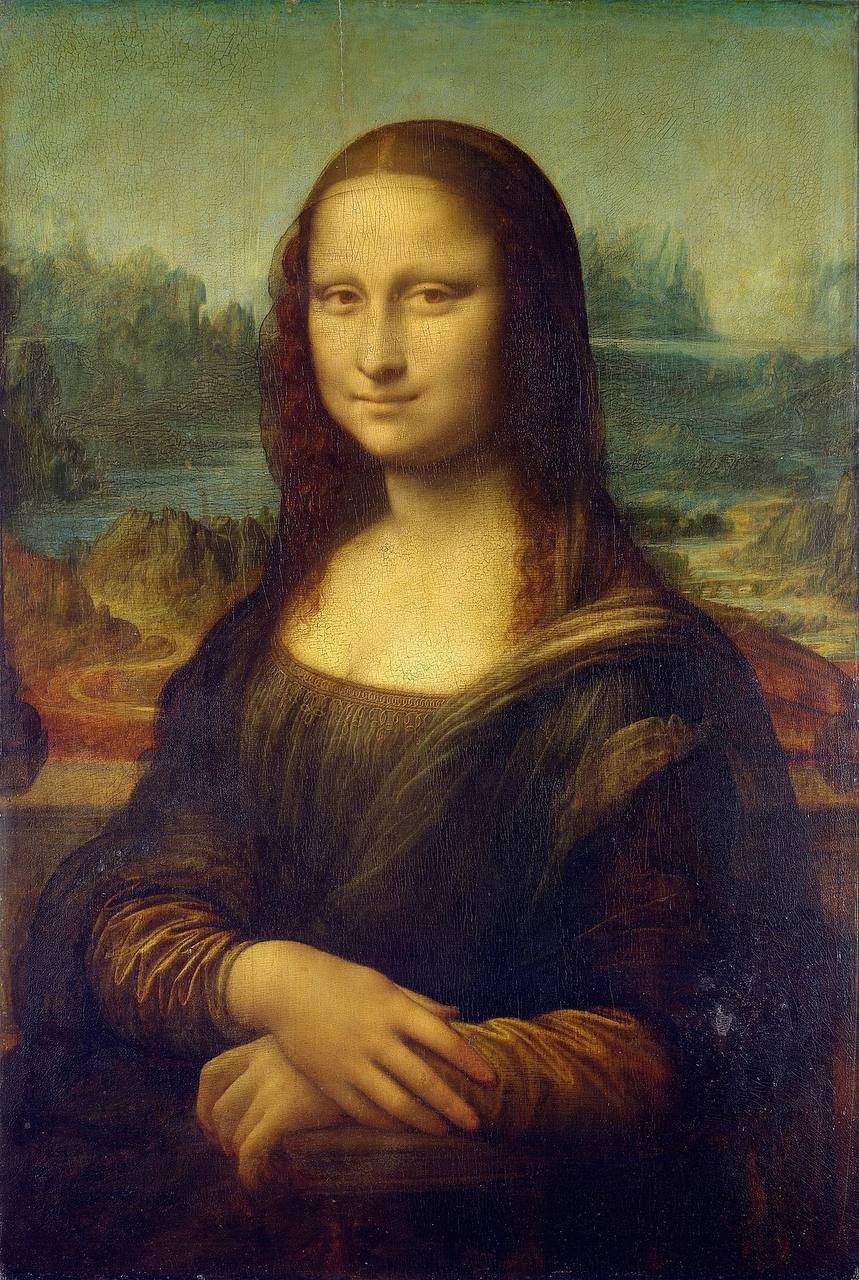
The Mona Lisa, one of the most famous paintings in the world, was created by Leonardo da Vinci between 1503 and 1506, during the Italian Renaissance. It’s a portrait of a woman, widely believed to be Lisa Gherardini, the wife of a wealthy Florentine merchant. What makes this painting iconic is its mysterious smile, detailed realism, and use of techniques like sfumato, which blends colors and edges smoothly to create a lifelike appearance.
The painting is housed in the Louvre Museum in Paris and has been there since the French Revolution, but it gained even more attention after being stolen in 1911 by an Italian nationalist. After its return two years later, it became even more famous.
As for its value, the Mona Lisa is considered priceless. It’s so valuable that it isn’t insured, because no amount of money can truly represent its worth. The painting’s cultural, historical, and artistic significance makes it irreplaceable. Though some have tried to estimate a value, it remains one of the most important and irreplaceable pieces of art in history.
Its worldwide fame, unmatched artistic quality, and the mystery surrounding both the painting and the subject have all contributed to its legendary status.
The Mona Lisa’s influence goes far beyond just art. It has inspired countless interpretations, adaptations, and even parodies over the centuries. People are fascinated by her gaze, which seems to follow viewers from different angles, and the subtle, almost teasing, smile that has been described as both inviting and distant. This emotional ambiguity is a major reason why the painting has remained so captivating.
The painting’s condition and security are top priorities for the Louvre Museum, which houses it in a specially controlled environment. The Mona Lisa is protected by bulletproof glass and is one of the most closely guarded artworks in the world. This level of security became necessary after several attempts to damage the painting, including an incident in 1956 when it was damaged by acid and a rock thrown by a visitor.
Culturally, the Mona Lisa represents the ideal of Renaissance humanism, where art shifted to focus more on realistic depictions of people and emotions. The painting has become a global symbol of mystery, beauty, and excellence in art, and its fame continues to grow thanks to its presence in modern media, art references, and the general intrigue that surrounds it.
Despite its age, the Mona Lisa remains vibrant and continues to attract millions of visitors each year. Leonardo’s meticulous technique and groundbreaking use of light and shadow have allowed the painting to withstand the test of time, both physically and in terms of its cultural impact. Whether you’re an art lover or not, it’s hard to ignore the painting’s influence on how we perceive art, emotion, and beauty.
The Mona Lisa is not only a treasure of the art world, but a testament to the power of human creativity and the lasting impact a single work can have on the world.







